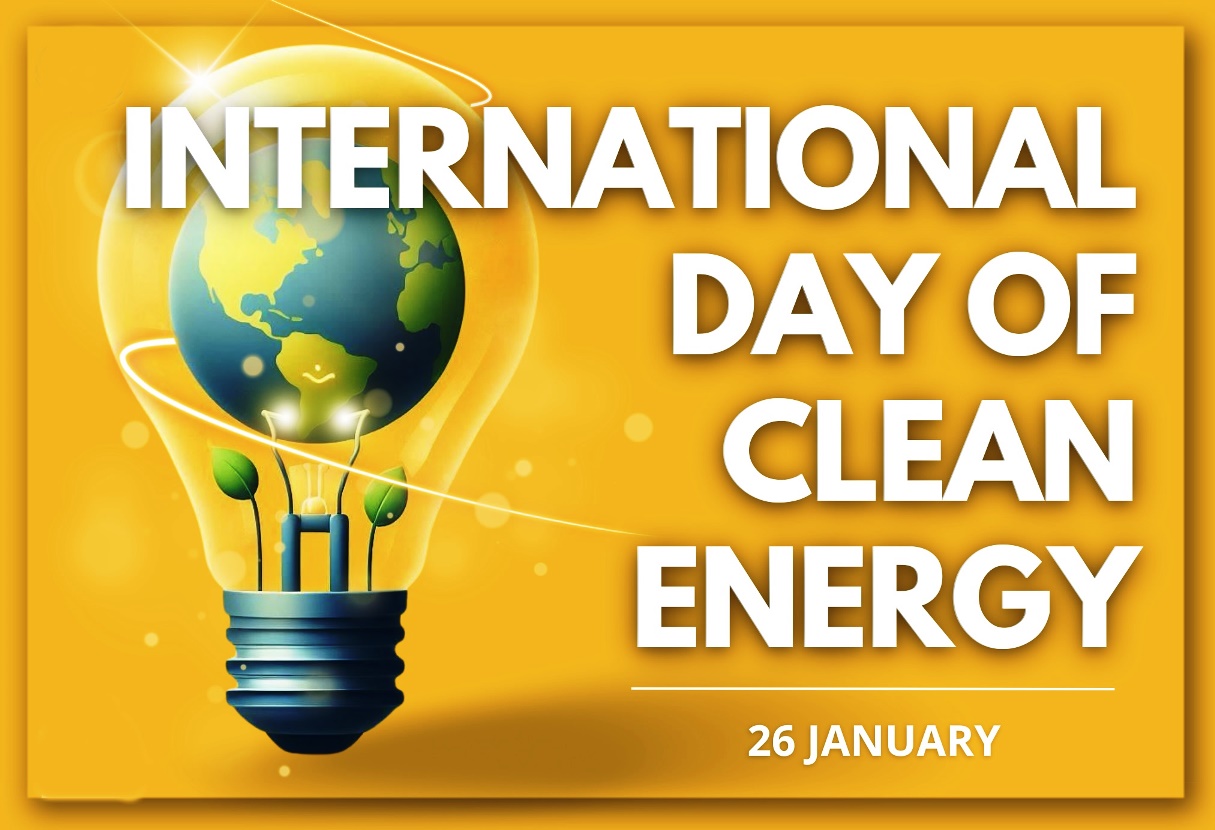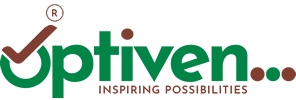
Can Plastic Be Used In Infrastructure?
The GoGreen Initiative by Optiven joined the rest of the world in celebrating the 2025 International Day of Clean Energy who’s theme focused on “accelerating the transition to clean energy for a sustainable future,”. This is especially key for Optiven Limited which has for years been leaning on it’s mandate for a better planet by engaging ESG in it’s projects and operations.
The company has so far been recognised for it’s sustainability blue print and harnessing sustainability in real estate. As it mulls the myriad projects and need for infrastructure across it’s portfolio, Optiven projects team also considers sustainability in construction. Recently, the company has adapted the use of recycled plastic poles for signages across the projects and is currently utilising these at it’s projects.
The same applies to the company use of solar for lighting, biodigesters for waste management and greening of the project with repurposed water. This is by leveraging on what trends have been set globally and how they can be harnessed locally. In doing this, Cathrine Khasoa, Sustainability Champion at Optiven Group delved into Asia as the leading continent on waste management and circular economies strategies.
But why Asia? Khasoa says, “Asia for a long time has been an area globally where innovation and inventions are a part of their development. Technology advancements notwithstanding, the Asian countries especially Japan, South Korea and China lead the world in technological advancements.”
What about waste management and the circular economy? Khasoa adds, ‘”the circular economy concept is an inspiration for a better, more sustainable world. In Asia, already burdened with 60% of the world’s population, rapidly expanding cities, stretched resources and an increasingly strained environment, there is real and substantial interest in the long-term benefits.”
Let us take a look at a few countries that are doing great at circular economy.
- VIETNAM – Leading Vietnamese car manufacturer THACO has recently proposed a circular economy complex in Vietnam’s south central region and focused on mining and processing bauxite worth around USD 4.1 million. Moving well past the normal boundaries, the process encompasses aluminium processing then restoration of the impacted environment into agriculture and ecotourism. This type of project is an indicator of a positive trend for the circular economy in Asia.
- THAILAND – Thailand, is taking a lead in fostering the circular economy and in enacting various policies and incentives towards a circular economy in three strategic sectors – food and agriculture, electrical and electronics manufacturing and construction. Thailand’s Siam Cement Group, (SCG) a building materials conglomerate and one of the largest companies in the country has held the world’s number one ranking for a straight decade in the Dow Jones Sustainability Indices in construction materials and has deployed a wide range of innovations and processes within its workflow, including taking an active role in advocating for sustainable development.
- CHINA – The concept of a circular economy was introduced into Chinese policies from 2002 and has since evolved into a national strategy, reflected best in the inclusion within the 14th Five Year Plan (covering 2021 -2025). This state-led emphasis is significant in China and leads to a raft of initiatives at all levels of governance to mandate or encourage recycling, waste-to-energy treatment technologies and facilities, recycling initiatives as well as reforestation and land refurbishment.
- NEPAL – Nepal is changing views on infrastructure with it’s introduction of low use plastics in the construction of roads. Green Road Waste Management in Pokhara is doing just that by partially substituting bitumen in road construction. The move by Nepal follows similar trends in India which is leading in the world for plastic roads as well as making it mandatory to use plastic waste on roads near large cities since 2015.



